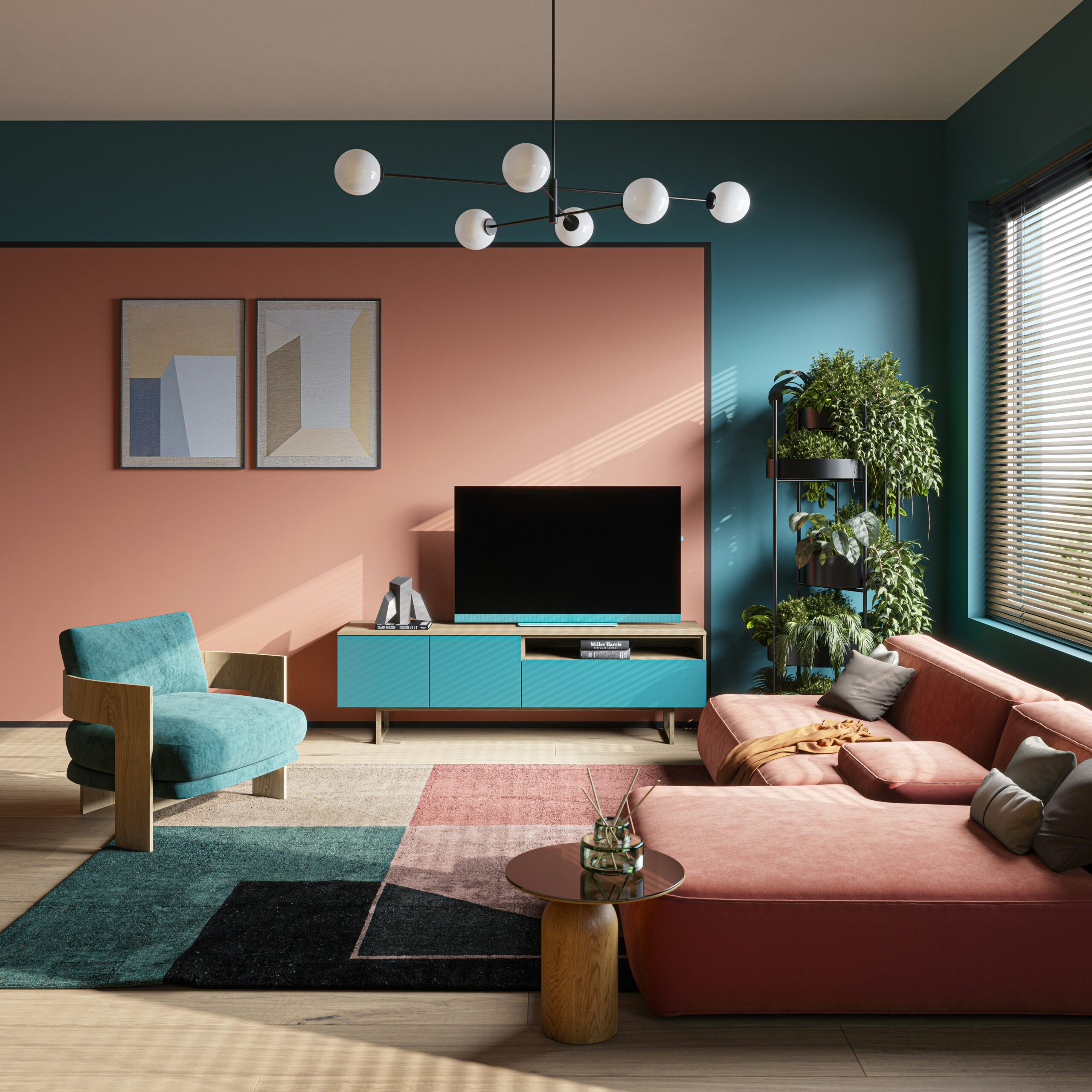If you’re anything like me, you love a stylish home that feels intentional, curated and a little bit luxe. But even the most beautiful interiors can lose their polish when exposed hardware like screws, bolts and brackets interrupt the visual flow. Whether you’re putting up shelves, assembling flat-pack furniture, or mounting frames, those little details matter.
- Use Decorative Caps and Covers
The easiest and most widely available option is to cover your screws with decorative caps. These snap or screw into place over the top of exposed screw heads and come in a wide range of colours and finishes – from matte black and brushed nickel to wood-effect plastic.
They’re especially useful on flat pack furniture, cabinet hinges and even stair balusters. A well-matched cap blends right in, giving a clean, finished look with very little effort.
- Go for Countersinking
If you’re using nails and screws on wooden surfaces, countersinking is a great method. This technique involves drilling a slightly wider hole just below the surface so that the screw head sits flush or just below the surface. You can then fill the hole with wood filler and sand it smooth, making the screw virtually invisible once painted or stained.
It’s a neat trick that works beautifully on timber panelling, skirting boards, and built-in shelving units.
- Use Push on Screw Covers
These handy little gadgets are brilliant if you still want access to your screws later on. Push on covers pop into place and can be removed just as easily. They’re perfect for electrical fittings, flat pack furniture or baby gates – anywhere you might need to undo your work later but don’t want the screws on show in the meantime.
Look for ones in colours that match your wall, furniture or fixture for the most seamless effect.
- Hide with Paint
It might sound simple, but a dab of matching paint over a screw head can make it almost disappear. This works well for wall-mounted fixings, such as curtain poles or picture hooks. First, make sure the surface is clean and dry. Then use a small brush to cover just the hardware, avoiding drips or overpainting.
This approach is particularly handy if you’ve already installed the fitting and want to tidy things up after the fact.
- Embrace Wood Plugs
Wood plugs offer a more polished finish than filler, especially if you’re working with natural timber. After countersinking your screw, insert a small, circular plug of the same wood species into the hole with a dab of wood glue. Sand it flush, and the screw is gone – visually, at least!
This is an ideal option for DIY furniture, cabinetry and exposed wood panelling where you still want a high-end look.
- Add Decorative Elements
Why not use a little creativity to turn your screw-hiding mission into a design opportunity? Small screw heads on walls can be covered with decorative discs, metal rosettes, or even adhesive decals that match your room’s style.
In kids’ rooms, tiny stickers or wall decals can disguise screw heads on wall-mounted shelves or peg rails while doubling as a fun design feature.
- Install a Skim Coat or Panel
If you’re doing larger scale work such as fitting a TV mount, electrical box, or floating shelf bracket, consider hiding the whole setup with a shallow panel or skim coat. Thin MDF sheets can be cut to size, painted to match the wall, and installed over the area with concealed fixings of their own.
This works brilliantly for creating a built-in look and can even add soundproofing or texture to a room.
- Use Velcro Strips for Lightweight Fixtures
For items that aren’t too heavy, think picture frames, small organisers or lightweight mirrors – industrial Velcro strips can save you from using visible fixings at all. They’re especially handy for rented homes where you might want to avoid damage.
Bonus: they’re easy to reposition, so you can experiment with your wall layout before committing.
- Hide with Moulding or Trim
Architectural mouldings, such as cornices, picture rails, or dado rails, can be cleverly used to cover screws or brackets on walls. In kitchens and bathrooms, slim trims can cover cabinet screws or shelf brackets for style and safety.
Choose mouldings that complement your interior style: modern minimal, classic shaker or bold and decorative – and make them part of your room’s overall design.
- Cover with Fabric or Upholstery
In upholstered furniture, headboards or DIY panels, screws can easily be hidden beneath fabric layers or sewn-in features like tufted buttons. If you’re recovering furniture yourself, plan where your fixings will go and design the fabric to conceal them stylishly.
You can even buy or make fabric screw covers that press into place on soft walls or display panels – ideal for family noticeboards or bedroom decor.
The devil is in the detail, as they say, and hiding your fixings is one of those little touches that elevates a room from “nice” to “wow”. Whether you prefer quick fixes like paint or push-on caps, or you want a more permanent solution like wood plugs and panels, there’s a method to suit every skill level and style.
Pre-order my debut children’s book
Greek Myths, Folktales & Legends for 9-12 year olds
Published by Scholastic. Available on Amazon
Disclaimer: This content was automatically imported from a third-party source via RSS feed. The original source is: https://honestmum.com/10-ways-to-hide-screws-and-fixings-for-a-sleek-interior-finish/. xn--babytilbehr-pgb.com does not claim ownership of this content. All rights remain with the original publisher.




